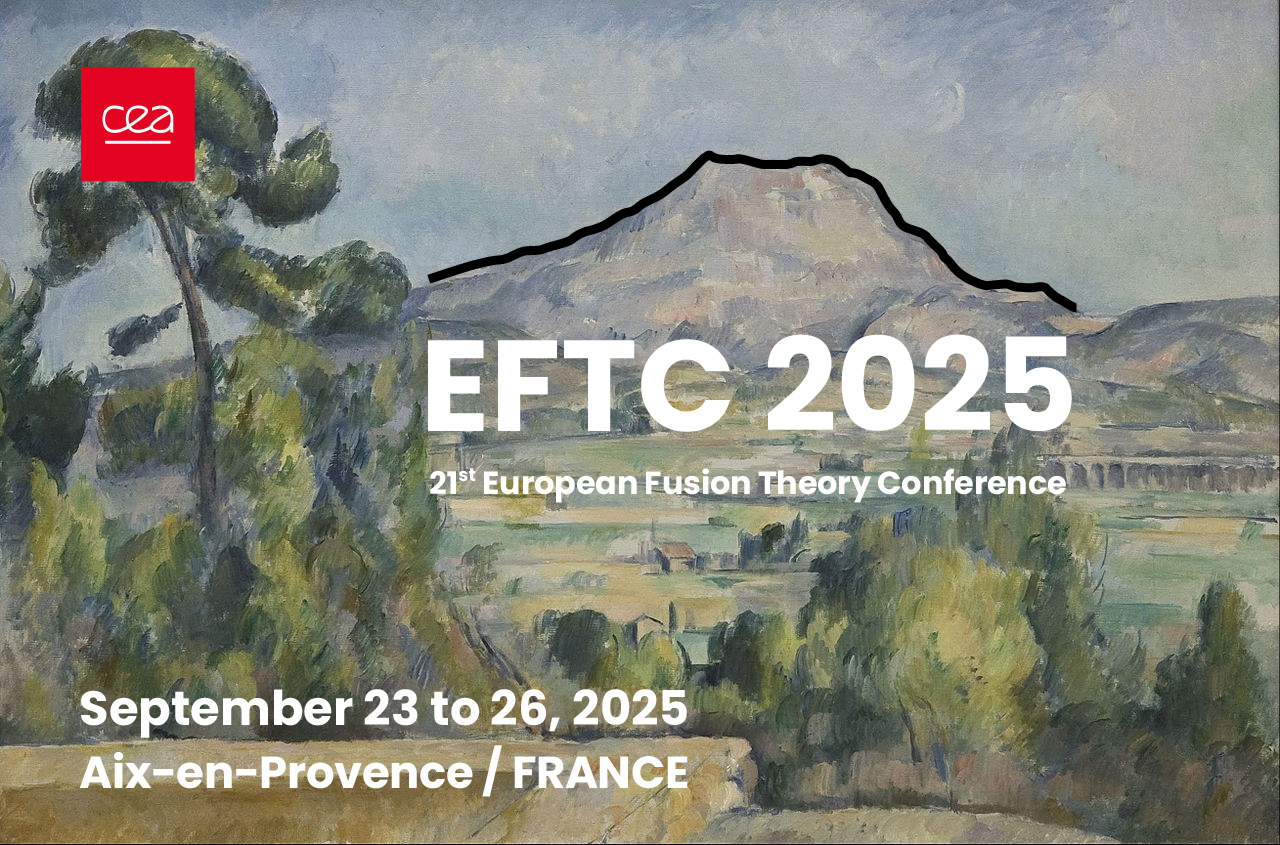Speaker
Description
Accurate prediction of core turbulent transport, along with its coupling to edge transport models or physics-informed edge boundary conditions, is essential for developing operational scenarios for future fusion devices. Nonlinear gyrokinetic models for core transport, though highly accurate, are computationally expensive to use in this type of integrated modeling. Instead, quasilinear models offer a practical alternative, providing a balance between accuracy and computational cost, thus allowing the development of coupled core-edge frameworks. This work uses the recent developments in METIS [1] (an integrated modeling platform), specifically the implementation of quasilinear turbulent transport computations using TGLF [2], to deliver accurate core transport modeling for the coupled edge transport model SOLEDGE3X-EIRENE.
The neural network version of the quasilinear gyrokinetic model QuaLiKiz [3] is coupled to METIS and is employed in simulations of WEST plasmas, but has exhibited limitations in reproducing edge transport inside the separatrix, e.g, capturing the dependence of energy confinement time on plasma current. On the other hand, the quasilinear gyrofluid model TGLF has demonstrated improved predictive capabilities in ASDEX Upgrade (AUG) plasma simulations [4], addressing some limitations of QuaLiKiz. Motivated by the improved predictive performance of TGLF, it has been implemented in METIS to enhance the predictive accuracy of integrated modeling. The impact on core turbulence of nitrogen seeding in a WEST plasma featuring the formation of an X-point radiator regime is examined, showing a reduction in ion heat diffusivity and thereby improving confinement properties. The METIS-TGLF integrated model is further applied to simulate steady-state temperature profiles for an ITER-like baseline scenario (Ip = 15 MA) with successful iterative convergence, and compared against the QuaLiKiz 10D neural network surrogate.
Based on these results, the METIS-TGLF core integration is being coupled to the SOLEDGE3X-EIRENE to develop a framework for simulating the behavior of both core and edge plasma. This will allow the investigation of the impact of core-edge interactions, such as the edge boundary conditions (separatrix densities, temperatures, impurity content) on core turbulent transport and the following impact of the change of core conditions on the edge plasma, e.g., the power crossing the separatrix and levels of transport at the edge. It also opens the possibility to study highly radiative plasma scenarios, such as the XPR, where the interactions between the core and edge are instrumental [5] for plasma scenario predictions and could be used to prepare JT-60SA operations in such regimes, after being validated on experimental WEST data.
References:
[1] J.F. Artaud et al 2018 Nucl. Fusion 58 105001
[2] Staebler G., Kinsey J. and Waltz R. 2005 Phys. Plasmas 12 102508
[3] Phys. Plasmas 27, 022310 (2020)
[4] C. Angioni et al 2022 Nucl. Fusion 62 066015
[5] X. Yang et al 2020 Nucl. Fusion 60 086012

